
By Lauren Burdick
<[email protected]>
Although according to Dave Bardos, social studies department chairperson, gas prices will not affect students until “high school parking lots are empty and buses are full,” many students here are already taking to sharing rides to reduce the burden on their wallets or their parents’ wallets.
“My mom is the one who told me to carpool; it saves gas because we switch off every day,” junior Shelby Zeller said. She has carpooled since the second week of school with her good friend, senior Chrissy Steffen. Zeller began driving when she got a parking pass and her mom suggested taking Steffen along.
According to gasbuddy.com, the past five years has seen jarring changes in the prices of gasoline. From $1.43 per gallon in December of 2004 to $2.82 per gallon on Oct. 21, 2008 and as high as $4.12 in July of this year, the price to pump has ebbed and flowed through the nation and, according to experts, will continue to do so. As such, many students have begun to take. “You have too many emerging economies in the world where just the increase in number of automobiles is increasing the demand for gas,” AP Economics teacher Dan Bates said. Countries like China and India are just beginning to tap into a high fuel demand, making the supply and demand of gas frequently change.
However, as gas stations recently reflected a drop in the price of a barrel of oil, old habits die hard. According to Bardos, many quickly reverted to their ways of living before the price of gas increased. “I think first of all it (the drop in gas prices) reflected a slowdown in the economy, so market pressure was such that prices had to go down to a degree. As prices come down, we see people start traveling more,” Bardos said.
Bates echoed this sentiment. During the increase in prices, people were just beginning to adjust, and as soon as prices drop, people have a tendency to fall back to old ways,” Bates said.
“A lot of my friends aren’t getting affected,” Zeller said. This reflects the attitudes of many at this school who seem unaffected by the rising cost of fueling their cars.
Some, however, are taking a different approach. As the prices continue to change, it is up to students to grapple with the costs of fuel and both the benefits and detriments of driving to school. Even though some turn a blind eye to the gasoline crisis, many are open to altering their transportation habits to suit the price of gas.
Sophomore Abby Mowery, who has been driving since August of this year, said, “I’ll probably start carpooling more. Actually, I will start carpooling more.”
Mowery already carpools to school with her older sister senior Anna Mowery, but says
that if prices go up she will consider carpooling elsewhere as well.
“Fluctuations will always be there. They are going to go up because we are entering fall and winter heating season,” Bardos said.
According to the Energy Information Administration, “even when crude oil prices are stable, gasoline prices fluctuate due to seasonal demand and local retail station competition. Gasoline prices can change rapidly if something disrupts the supply of crude oil or if there are problems at refineries or with delivery pipelines.”
Over the years, oil prices have changed due to international issues, such as the Suez Crisis, the Iranian Revolution, Iran-Iraq War, the Gulf War, the OPEC Oil Embargo and the
9/11 terror attacks, according to WTRG Economics.
Even though students’ attitudes about gas change with its price, Bates said there is little students can do to physically reduce to cost. “Not a thing. Not even,” Bates said.
Bardos also said that the current dip in prices is fleeting. “OPEC will now start cutting production,” he said. “We will switch over from gasoline to fuel oil and prices will go back up to $3 pretty quick.”
While students here continue to adjust with the fluctuating price of gas, it is unlikely that any major change in gas prices will happen in the near future.
As Bardos said
, “It took a while (for gas prices) to go up; it’s going to take a while for everything to respond. We will find that once prices are up, it will take a while to go down.”
—
Gas Prices By the Number
- 2/3 of all gasoline consumed in this country is imported
- The United States is the world’s 3rd largest producer of oil
- 48.4 cents/gallon is the federal tax rate on gasoline
- 59.4 cents/gallon is Indiana’s tax rate on gasoline
- Vehicle emissions are down 41 percent since 1970
FACTSONFUEL.ORG / SOURCE















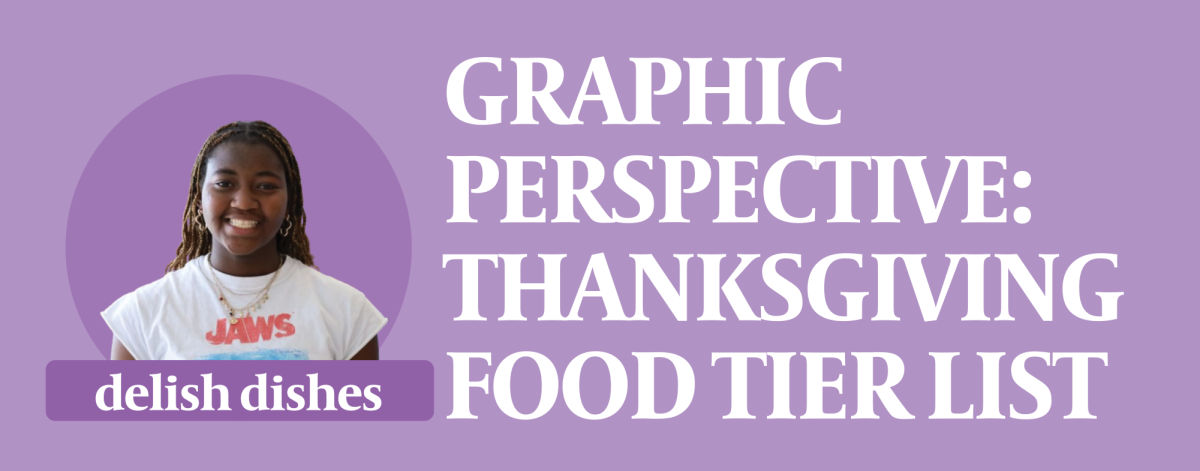









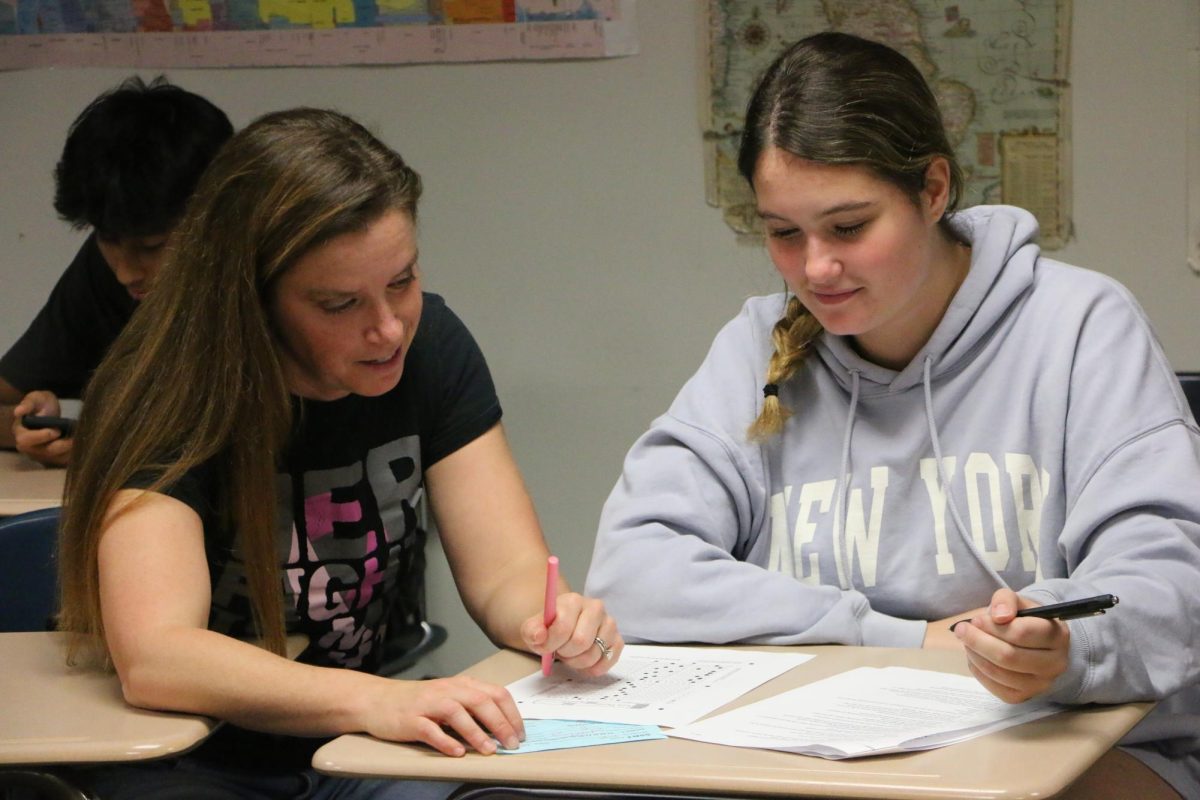




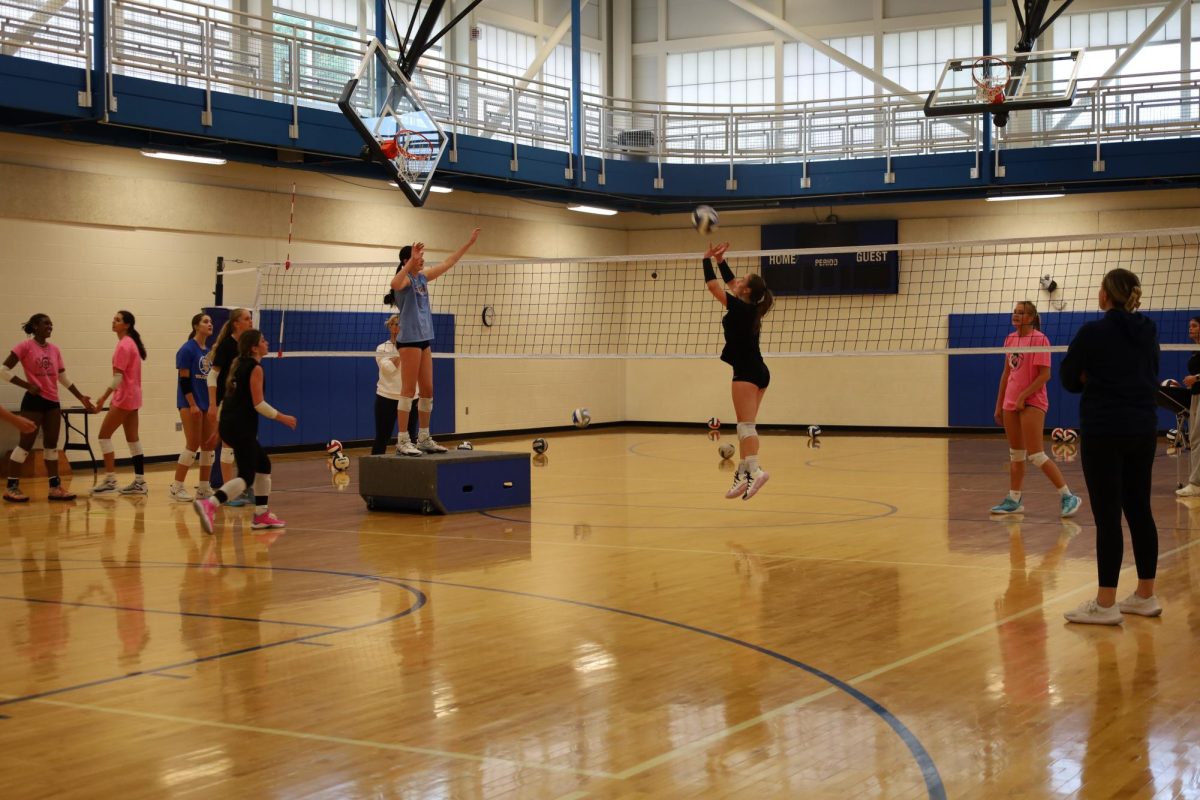
!["Wicked" poster controversy sparks a debate about the importance of accuracy versus artistic freedom [opinion]](https://hilite.org/wp-content/uploads/2024/11/riva-perspective-cover-1200x471.jpg)


![Chilling or Childish? The downfall of modern horror movies [opinion]](https://hilite.org/wp-content/uploads/2024/10/adjusted-horror-cover-1200x471.jpg)
![“Uglies” is a call for change in the YA dystopian genre [opinion]](https://hilite.org/wp-content/uploads/2024/10/Perspectives-Cover-1200x471.jpg)


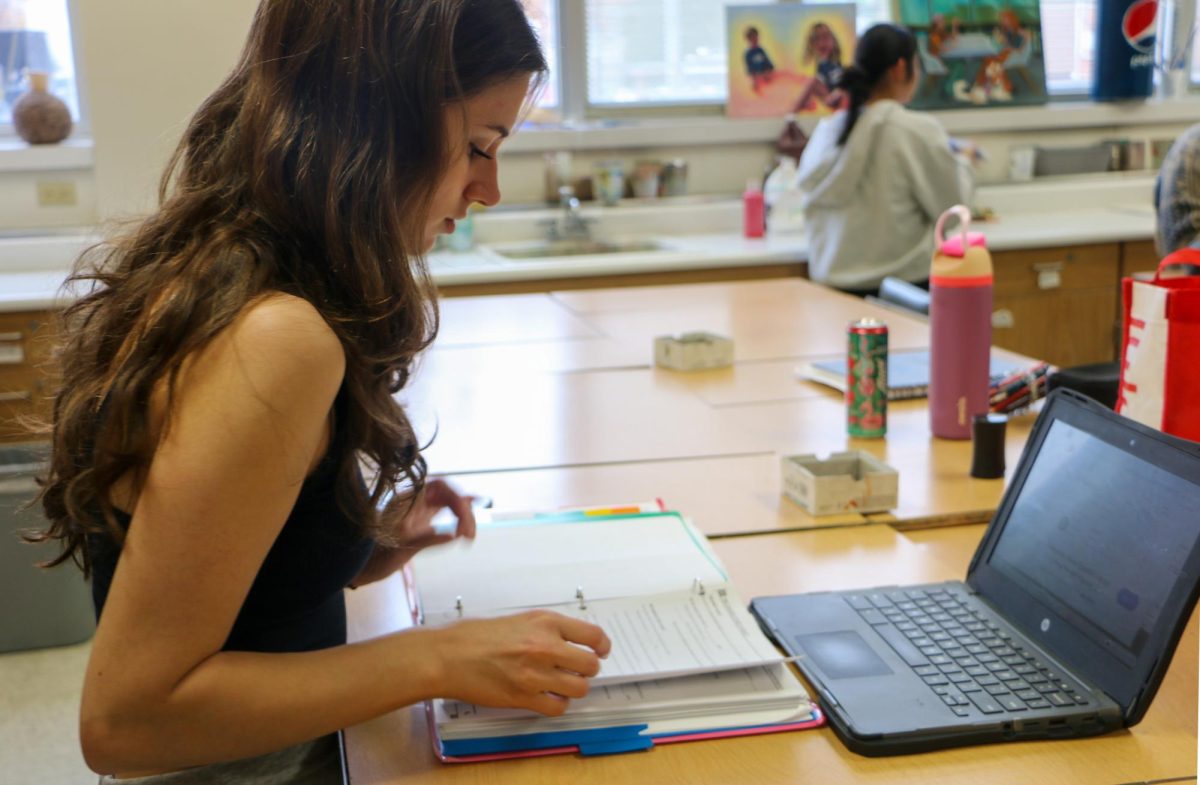

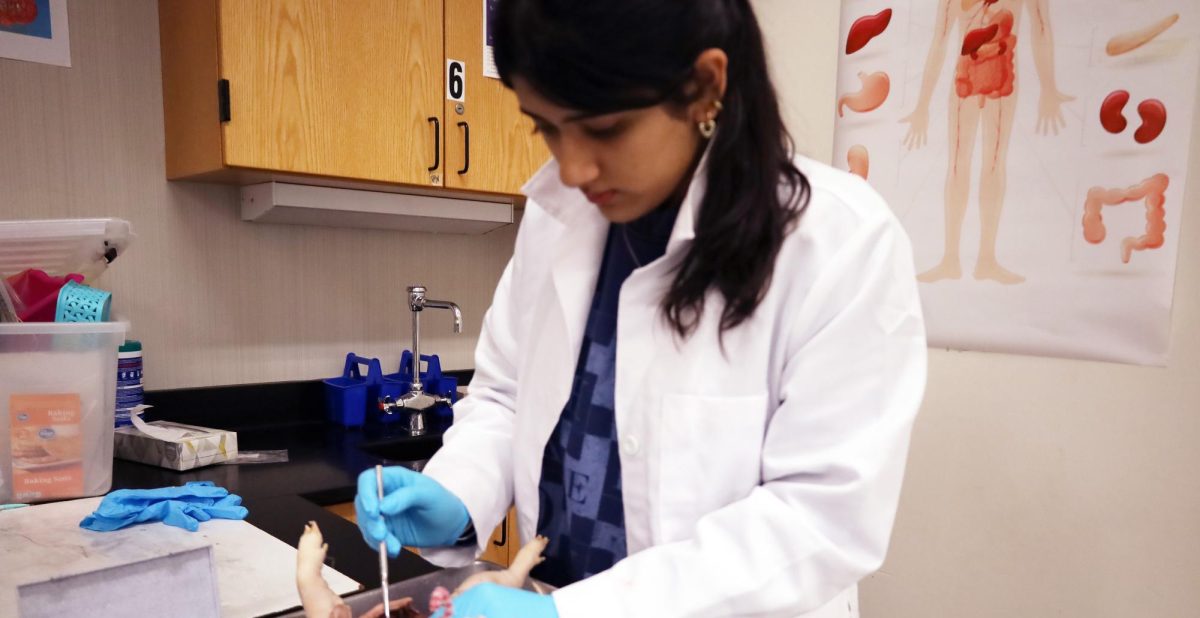







































![Review: Indy Scream Park is a perfect level of spook to kickstart the Halloween season [MUSE]](https://hilite.org/wp-content/uploads/2024/11/IMG_1383.jpg)
![Review: “Saturday Night” is a chaotic and thrilling look at the origins of “Saturday Night Live” [MUSE]](https://hilite.org/wp-content/uploads/2024/10/snl-1200x800.jpg)
![Review: “Megalopolis” is a bold, bewildering mess [MUSE]](https://hilite.org/wp-content/uploads/2024/10/MV5BYTk3MjUzMGItYmU1NC00M2YyLThmNDMtNDI4NjkxNjgzMjQzXkEyXkFqcGdeQXRyYW5zY29kZS13b3JrZmxvdw@@._V1_-1200x675.jpg)
![Review in Print: Maripaz Villar brings a delightfully unique style to the world of WEBTOON [MUSE]](https://hilite.org/wp-content/uploads/2023/12/maripazcover-1200x960.jpg)
![Review: “The Sword of Kaigen” is a masterpiece [MUSE]](https://hilite.org/wp-content/uploads/2023/11/Screenshot-2023-11-26-201051.png)
![Review: Gateron Oil Kings, great linear switches, okay price [MUSE]](https://hilite.org/wp-content/uploads/2023/11/Screenshot-2023-11-26-200553.png)
![Review: “A Haunting in Venice” is a significant improvement from other Agatha Christie adaptations [MUSE]](https://hilite.org/wp-content/uploads/2023/11/e7ee2938a6d422669771bce6d8088521.jpg)
![Review: A Thanksgiving story from elementary school, still just as interesting [MUSE]](https://hilite.org/wp-content/uploads/2023/11/Screenshot-2023-11-26-195514-987x1200.png)
![Review: "When I Fly Towards You", cute, uplifting youth drama [MUSE]](https://hilite.org/wp-content/uploads/2023/09/When-I-Fly-Towards-You-Chinese-drama.png)
![Postcards from Muse: Hawaii Travel Diary [MUSE]](https://hilite.org/wp-content/uploads/2023/09/My-project-1-1200x1200.jpg)
![Review: "Ladybug & Cat Noir: The Movie," departure from original show [MUSE]](https://hilite.org/wp-content/uploads/2023/09/Ladybug__Cat_Noir_-_The_Movie_poster.jpg)
![Review in Print: "Hidden Love" is the cute, uplifting drama everyone needs [MUSE]](https://hilite.org/wp-content/uploads/2023/09/hiddenlovecover-e1693597208225-1030x1200.png)
![Review in Print: "Heartstopper" is the heartwarming queer romance we all need [MUSE]](https://hilite.org/wp-content/uploads/2023/08/museheartstoppercover-1200x654.png)




